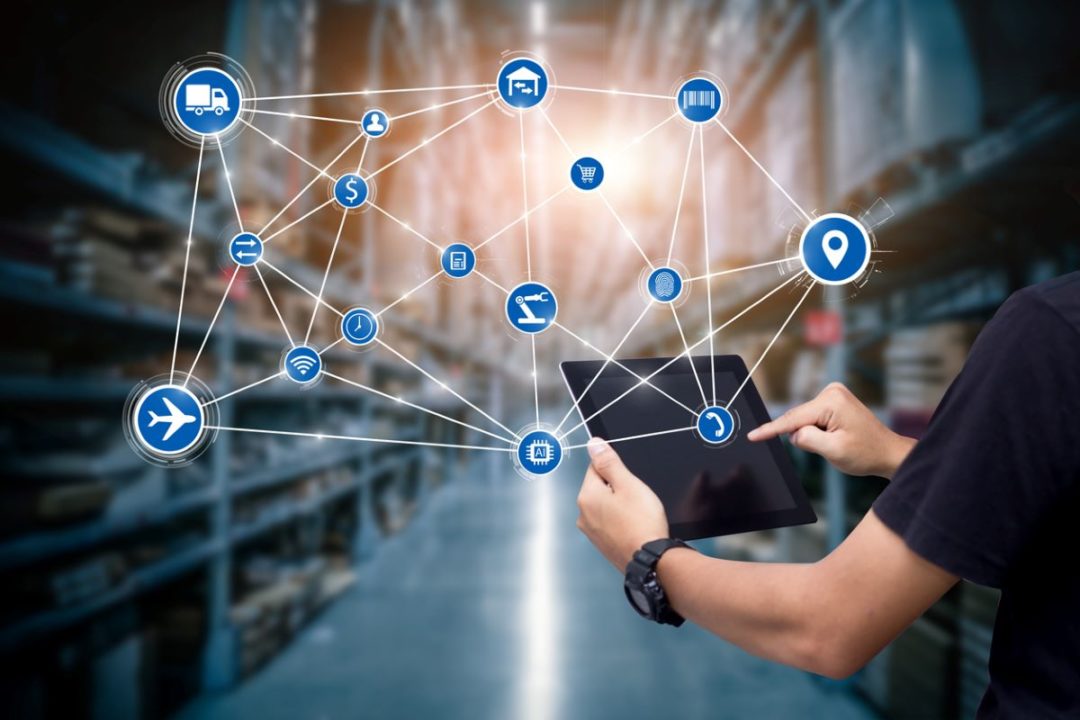The Efficiency and Resilience Stream Supply chain technology is the hallmark of the fast global economy present in today’s world for businesses looking to be effective, resilient, and competitive. From automation to artificial intelligence, such technological developments remodel how businesses operate supply chains, thus allowing the companies to quickly react to changes in markets and consumer demand.
Importance of Supply Chain Technology
The backbone of any business includes sourcing raw material, managing a supply chain, and the delivery of end products. Today, with the increase in complexity of global markets, such advanced supply chain management systems have been called for more than ever. Advanced supply chain technologies enhance operational efficiencies while concurrently lowering risks in such factors as natural disasters, political instability, and unforeseen surges in demand.
Technologies Redefining Supply Chains
1. Automation and Robotics: The varying automation technologies installed in warehouses and manufacturing facilities have made operation leaner. More recent robotics can take over work that repeats itself, such as sorting and packaging and shipping, much more efficiently with fewer human errors than a human could ever achieve. It saves the cost but also frees up the human employees for more complicated jobs.
2. AI and Machine Learning: The potential algorithms developed through AI and machine learning enable organizations to analyze vast volumes of data, thus improving the supply chain processes. These algorithms can predict demand much more accurately and detect any potential supply chain disruptions with a possible recommendation for corrective measures. Predictive analytics can help companies anticipate their needs in terms of inventories, reducing excess stock and resulting in unsignificant stockouts.
3. Blockchain Technology: Blockchain will help in maintaining a non-reversing ledger for recording transactions between parties; this will make the supply chain even more transparent and traceable. This technology offers verification of authenticity of the product, tracking from creation to consumer, and fraud prevention. Since it can be leveraged for building trust among stakeholders and easier compliance with regulations, it finds widespread acceptance in businesses.
4. Internet of Things (IoT): IoT is changing the way visibility into the supply chain works by putting sensors on shipments, which monitor prevailing conditions regarding that shipment, such as temperature and humidity so that the product can be stored and transported under the best conditions possible. Business may make decisions about actions they should take to proactively prevent issues that come to their attention through shipment tracking.
5. Cloud Computing: Cloud-based supply chain solutions allow seamless interaction among the stakeholders relating to the sharing of data. Scalability and flexibility are offered with cloud computing, so businesses can adapt more readily to changing conditions without incurring significant investment in infrastructure to support those changes. Collaboration for a company will be better through the use of cloud technology, which will therefore better coordinate and make the most of efficiency.
Challenges and Considerations
Though supply chain technologies have numerous advantages, there are disadvantages as well. Companies have to invest in proper technology and ensure that the workers are appropriately trained for the proper use of the tools. Another major issue is data security since the supply chains grow more digital and interconnected. Businesses must have robust cybersecurity policies that will protect sensitive information. However, technological advancement is so fast that organizations have to be agile and in turn absorb new solutions as they surface. In this respect, small organizations with limited resources are intimidated by such sophistication. However, notable achievements are drawn from those who adopt the innovation.
Conclusion
Supply chain technology is neither hype nor an alternative. It’s just the prerequisite for any serious business enterprise competing against others. The widespread adoption of automation, AI, blockchain, IoT, and cloud computing within the organizations can enhance the supply chain operation, strengthen resilience, and improve in responding to market dynamics. Tomorrow’s superior, more efficient and resilient supply chain will be the definition for these innovations.
